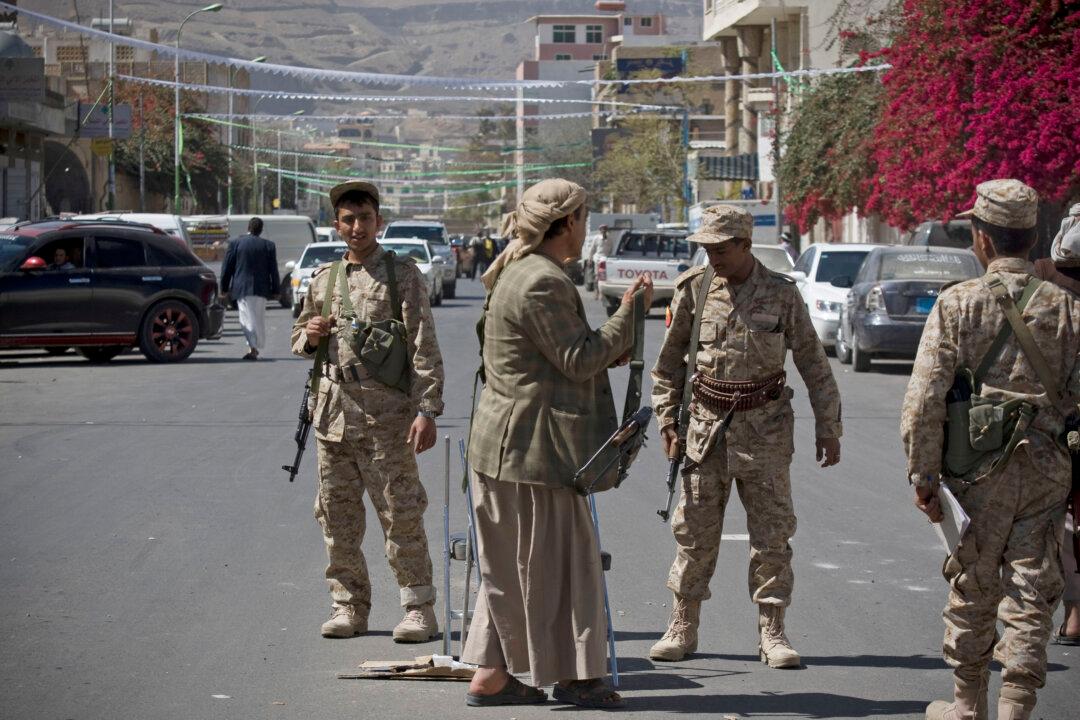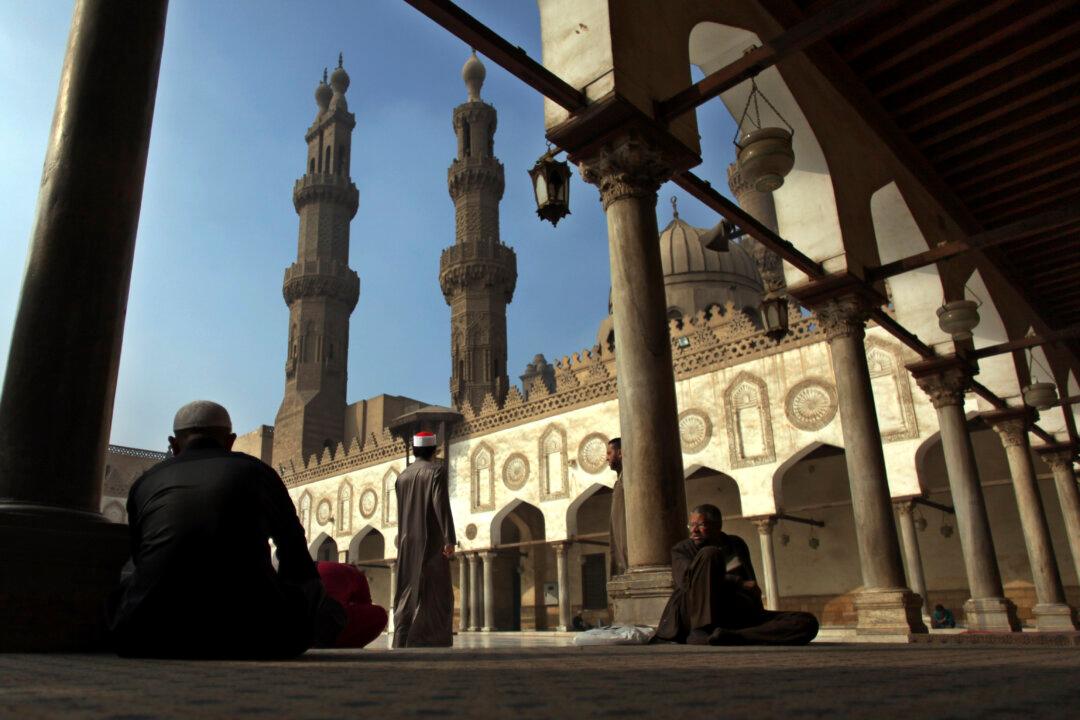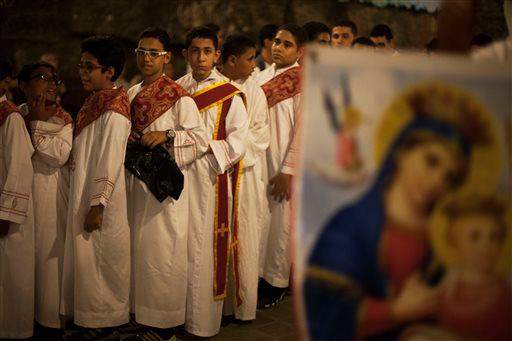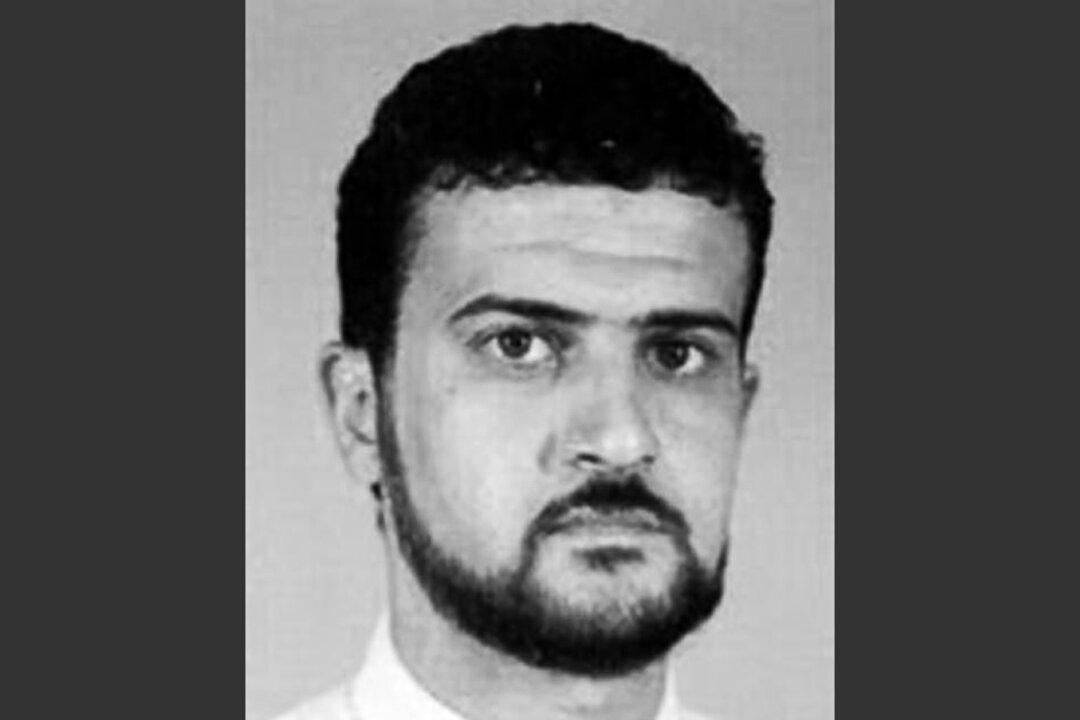CAIRO—Shiite rebels holding Yemen’s embattled president captive in his own home reached a deal Wednesday night to end a violent confrontation in the capital. However, even with the deal, many questions remain about who is actually in charge of this country targeted in a U.S. drone-strike campaign against al-Qaeda fighters.
Here are some questions and answers regarding Yemen, the Arab world’s poorest country beset by political chaos and violence, and how it affects the great war against its local al-Qaeda franchise, which has claimed several failed attacks in America and the assault on the satirical French newspaper Charlie Hebdo.




